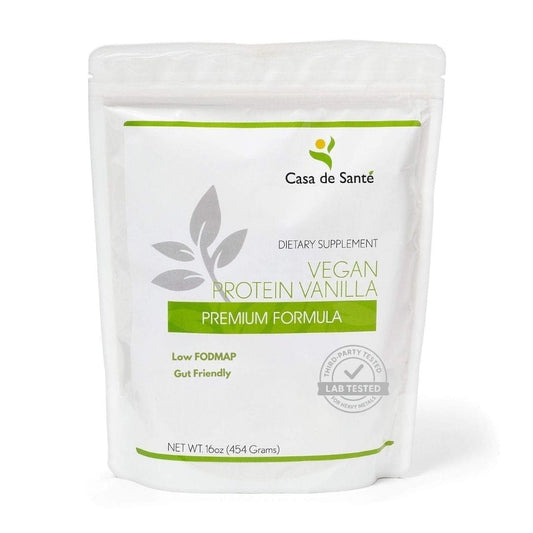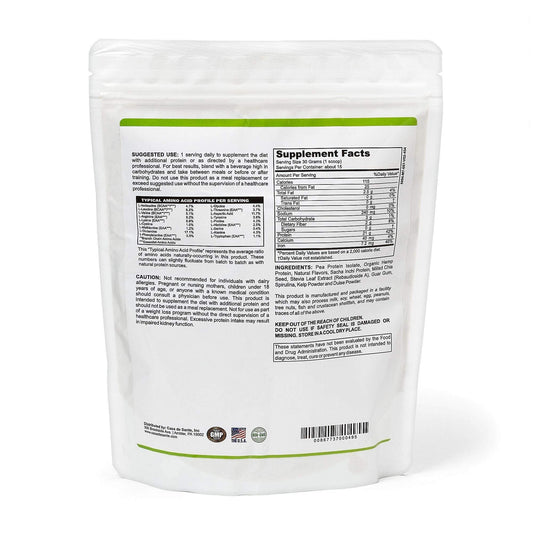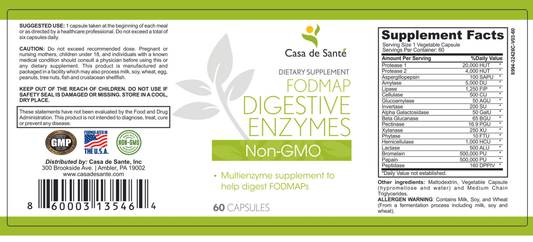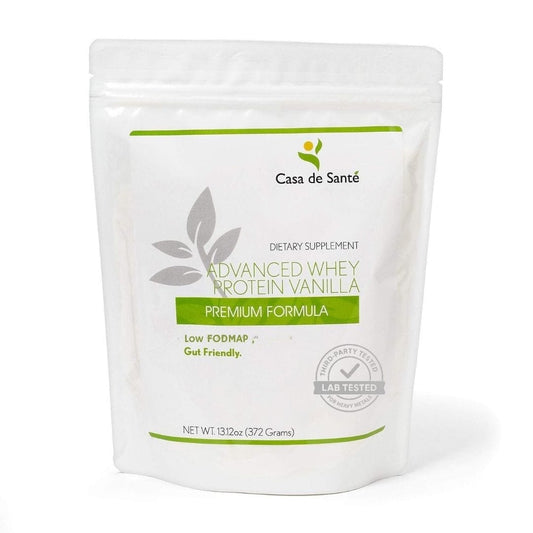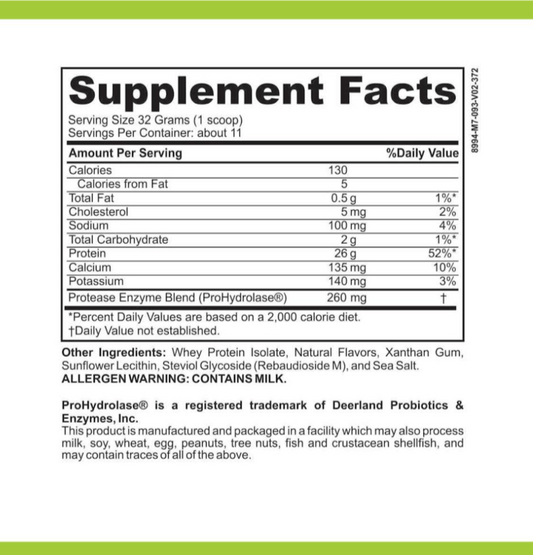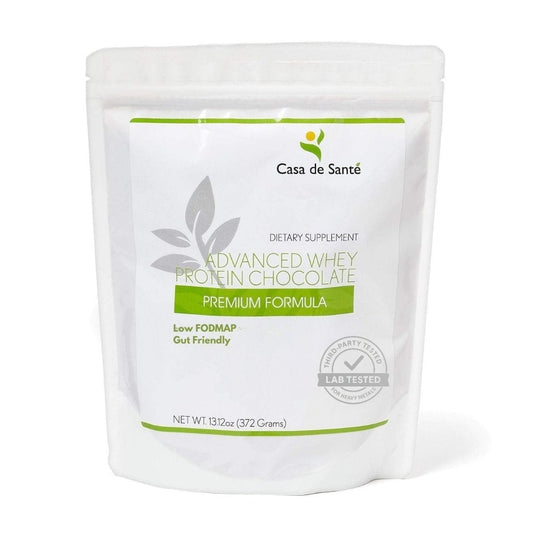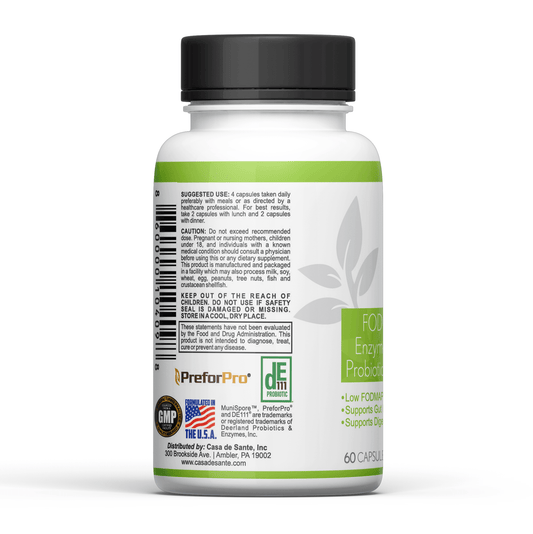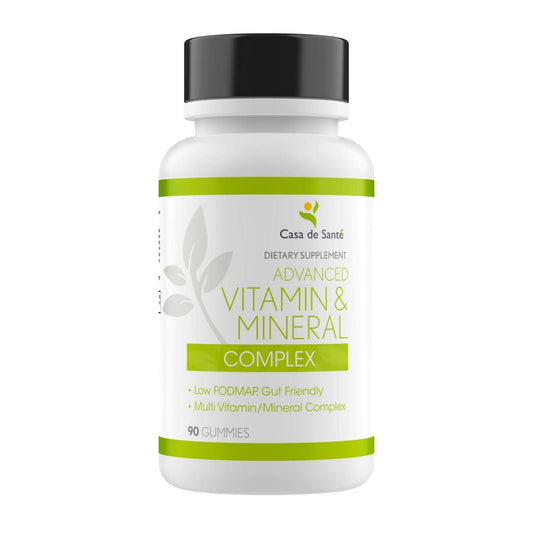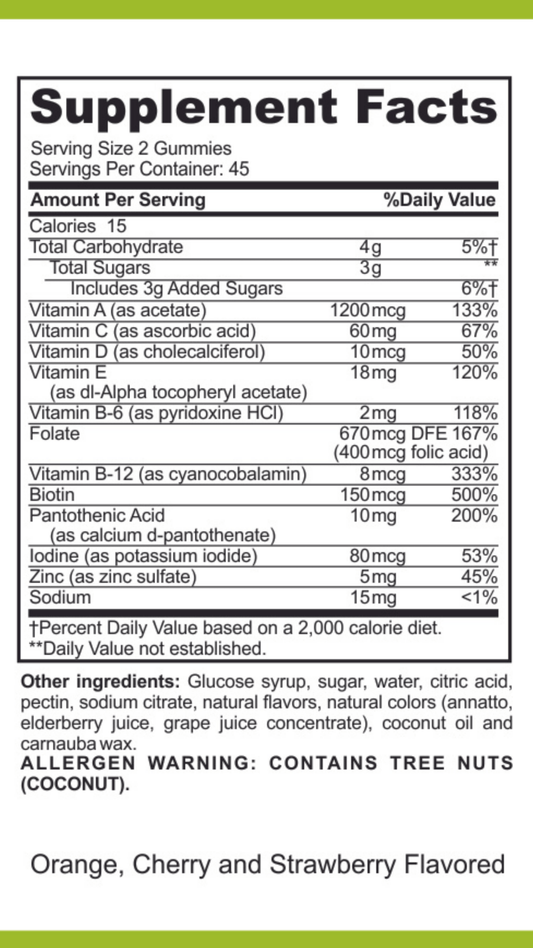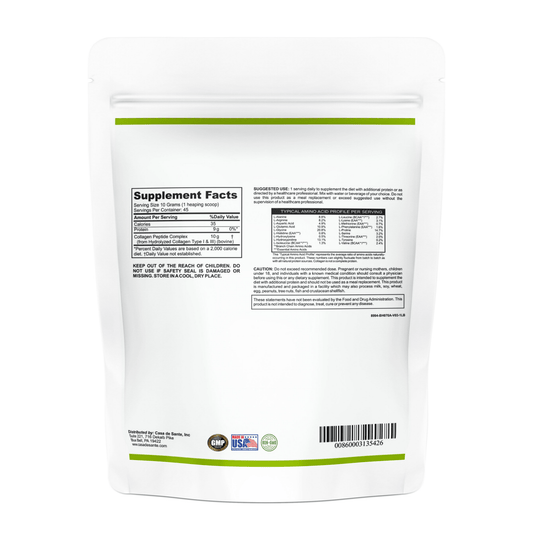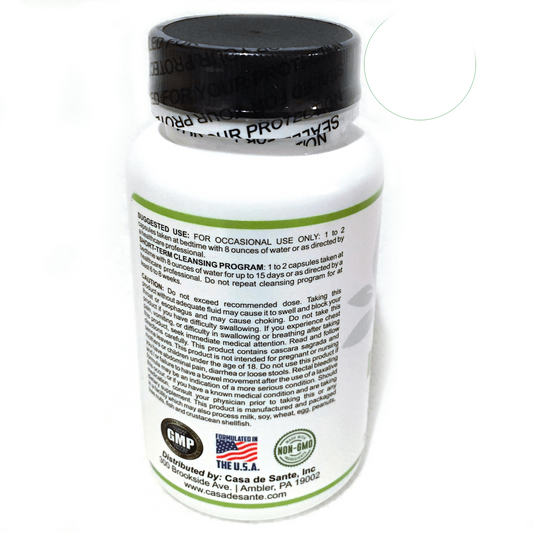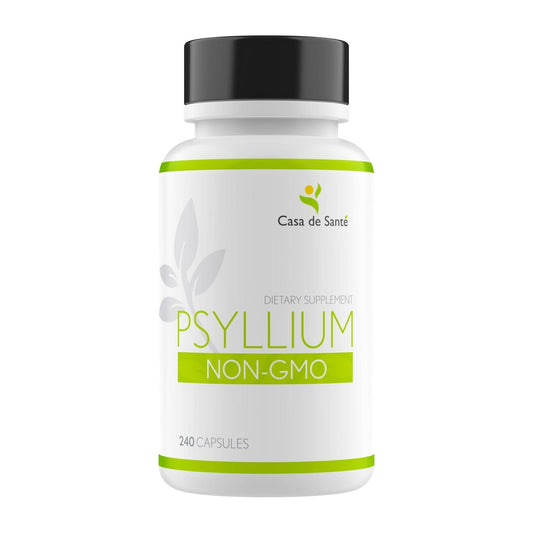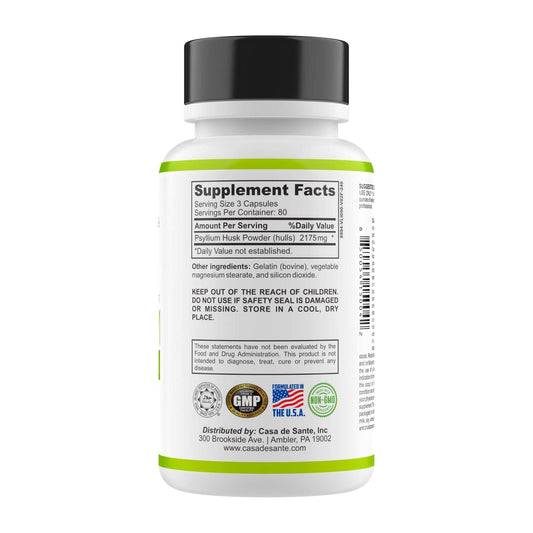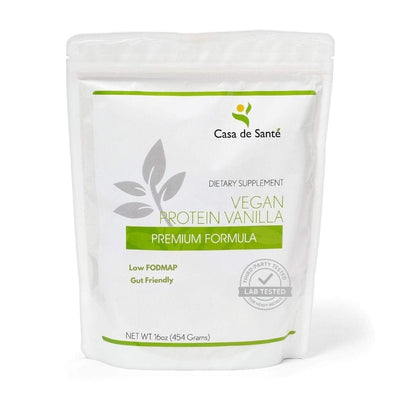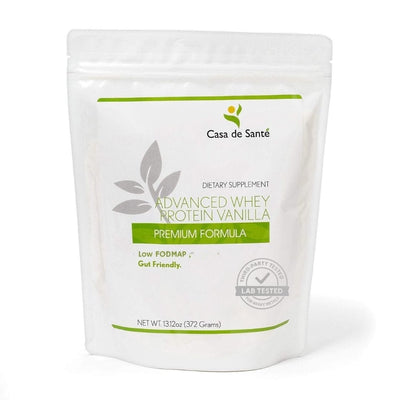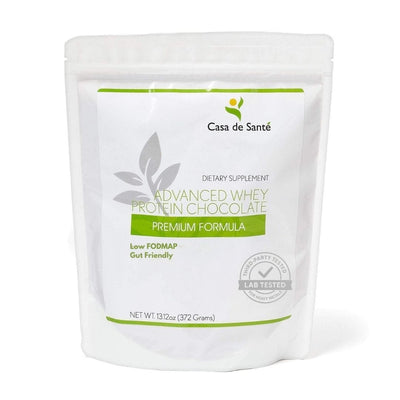Amaranth Flour Vs Sweet Rice Flour
Amaranth Flour Vs Sweet Rice Flour
In the world of gluten-free baking, amaranth flour and sweet rice flour have become popular choices. Both flours offer unique qualities and can be used to create delicious gluten-free baked goods. In this article, we will explore the differences between amaranth flour and sweet rice flour, including their nutritional composition, health benefits, taste and texture, cooking properties, and more.
Understanding the basics of amaranth flour and sweet rice flour
Amaranth flour is derived from ground amaranth seeds, which are naturally gluten-free. It has a slightly nutty flavor and a fine texture. With its light beige color, amaranth flour can be easily incorporated into various recipes, such as bread, pancakes, cookies, and muffins.
On the other hand, sweet rice flour, also known as glutinous rice flour or sticky rice flour, is made from milled short-grain sweet rice. Despite its name, sweet rice flour does not contain gluten. This flour has a sticky and elastic texture when cooked, making it ideal for dishes that require binding properties, such as dumplings, mochi, and rice noodles.
Nutritional comparison of amaranth flour and sweet rice flour
When comparing the nutritional profiles of amaranth flour and sweet rice flour, some differences emerge. Amaranth flour is known for its excellent protein content, containing all the essential amino acids. It is also a rich source of dietary fiber, offering more fiber than sweet rice flour. Additionally, amaranth flour is packed with essential minerals like iron, calcium, magnesium, and phosphorus.
Sweet rice flour, on the other hand, is predominantly composed of carbohydrates and contains a small amount of protein. It is low in fat and cholesterol but lacks the significant nutrient content found in amaranth flour. Despite this, sweet rice flour can still be part of a balanced diet when used in moderation.
Health benefits of amaranth flour and sweet rice flour
The health benefits of amaranth flour and sweet rice flour are unique to each flour. Amaranth flour is known for its high protein content, making it a valuable choice for individuals who follow a plant-based diet or have increased protein needs. It also contains high levels of lysine, an essential amino acid that supports tissue growth and repair.
Sweet rice flour, despite its lower nutrient content, offers benefits such as being easy to digest and having a low glycemic index. This makes it suitable for individuals with sensitive digestive systems or those looking to manage their blood sugar levels.
Texture and taste differences between amaranth flour and sweet rice flour
When it comes to texture and taste, amaranth flour and sweet rice flour exhibit distinct characteristics. Amaranth flour, with its fine texture, blends well with other flours and provides a delicate crumb to baked goods. It imparts a subtle nutty flavor that enhances the overall taste of the finished product.
Sweet rice flour, due to its sticky nature, provides a chewy and slightly dense texture when cooked. In recipes that call for a sticky consistency, such as rice cakes or dumplings, sweet rice flour is the preferred choice. Its neutral taste allows it to complement and enhance the flavors of other ingredients.
Cooking properties of amaranth flour and sweet rice flour
Both amaranth flour and sweet rice flour possess unique cooking properties that make them suitable for specific types of recipes. Amaranth flour, thanks to its fine texture, blends well with other gluten-free flours and can be used as a substitute for wheat flour in many recipes. It is important to note that due to its lack of gluten, amaranth flour does not provide the same structural support as wheat flour.
Sweet rice flour, with its sticky texture, acts as a natural binder and is often used in recipes that require elasticity or a dough-like consistency. It is commonly used in Asian cuisine, particularly for making dumplings, mochi, and other glutinous treats.
Gluten-free options: Exploring amaranth flour and sweet rice flour
Both amaranth flour and sweet rice flour offer excellent gluten-free alternatives to traditional wheat flour. Individuals with gluten sensitivities or those who follow a gluten-free diet can substitute these flours to create a wide variety of baked goods and dishes.
Amaranth flour, with its high protein content, helps provide structure to gluten-free recipes. Its nutty flavor can add a unique touch to bread, muffins, and cookies. Sweet rice flour, with its sticky nature, is ideal for recipes that require binding properties and a chewy consistency.
Using amaranth flour and sweet rice flour in gluten-free baking
When using amaranth flour and sweet rice flour in gluten-free baking, it is important to consider their different qualities and adjust recipes accordingly. Amaranth flour works well when combined with other gluten-free flours to enhance the texture and nutritional content of baked goods.
Sweet rice flour, on the other hand, is beneficial for creating chewy textures but may require additional liquid or other binding ingredients to prevent dryness. Experimentation and adaptation may be necessary to achieve the desired results when substituting wheat flour with sweet rice flour.
Substituting amaranth flour for sweet rice flour (and vice versa)
When substituting amaranth flour for sweet rice flour, or vice versa, it is important to keep in mind their different properties and how they will affect the final outcome of the recipe.
If amaranth flour is used as a substitute for sweet rice flour, the texture of the dish may be different, as amaranth flour lacks the sticky and elastic qualities of sweet rice flour. Additional binding agents or modifications to the recipe may be necessary to achieve a similar result.
When substituting sweet rice flour for amaranth flour, the sticky and chewy texture of sweet rice flour may alter the texture of the baked goods or dishes. Adjustments to the recipe, such as reducing the amount of sweet rice flour or increasing the use of other gluten-free flours, may be needed.
Recipes using amaranth flour and sweet rice flour
Here are a few recipe ideas using amaranth flour and sweet rice flour:
- Amaranth Flour Recipes:
- Gluten-free Amaranth Bread
- Amaranth Pancakes with Blueberry Compote
- Amaranth Chocolate Chip Cookies
- Sweet Rice Flour Recipes:
- Sticky Rice Dumplings
- Mochi Ice Cream
- Rice Noodle Stir-Fry
Amaranth flour vs sweet rice flour: Which one is better for weight loss?
When it comes to weight loss, the choice between amaranth flour and sweet rice flour depends on various factors. Amaranth flour, with its higher protein and fiber content, provides more satiety and can help control cravings. It also contains essential minerals that support overall health while on a weight loss journey.
Sweet rice flour, although low in fat and cholesterol, is primarily a source of carbohydrates. While it can still be a part of a balanced diet, it may not have the same satiating effect as amaranth flour due to its lower protein and fiber content.
Digestive considerations: Amaranth flour vs sweet rice flour
When considering digestive health, both amaranth flour and sweet rice flour are generally well-tolerated by individuals with gluten sensitivities or gluten-related disorders. These flours do not contain gluten, the protein responsible for triggering adverse reactions in individuals with celiac disease or gluten intolerance.
Amaranth flour, with its higher fiber content, can aid in digestion and promote regular bowel movements. However, some individuals may experience mild digestive discomfort due to the higher fiber content. Sweet rice flour, on the other hand, is easily digestible and may be a better option for those with more sensitive digestive systems.
Cost comparison of amaranth flour and sweet rice flour
When comparing the cost of amaranth flour and sweet rice flour, there can be some variation depending on the brand and where you purchase them. Generally, amaranth flour tends to be slightly more expensive than sweet rice flour due to its higher nutritional value and popularity.
However, it is important to note that the price difference may vary based on location and availability. It is recommended to compare prices from different sources and consider personal preferences and budget when making a purchasing decision.
Availability and sourcing of amaranth flour and sweet rice flour
Amaranth flour and sweet rice flour are widely available in many grocery stores and specialty health food stores. They can also be purchased online through various e-commerce platforms. When sourcing these flours, it is recommended to choose reputable brands that prioritize quality and sourcing practices.
Before purchasing, it is important to check the packaging for any certifications or labels indicating that the product is gluten-free and has undergone testing for potential allergens. Additionally, some individuals may prefer to buy organic or locally sourced flours to support sustainable agriculture and reduce their environmental footprint.
Incorporating amaranth flour and sweet rice flour into a balanced diet
Both amaranth flour and sweet rice flour can be incorporated into a balanced diet, adding nutritional variety to gluten-free meals and snacks. Experimenting with different recipes and combinations of flours can help maximize the nutritional benefits and flavors of these alternative flours.
It is important to remember that while these flours offer unique qualities, they should be consumed in moderation as part of an overall balanced diet. A variety of nutrient-dense foods, including whole grains, lean proteins, fruits, vegetables, and healthy fats, is essential for optimal health.
Culinary uses of amaranth flour vs sweet rice flour: Exploring diverse cuisines
Amaranth flour and sweet rice flour find their place in various cuisines due to their culinary uses and distinct properties.
Amaranth flour is used in Western and contemporary gluten-free baking to create bread, cakes, cookies, and other treats. Its nutty flavor adds depth to both sweet and savory dishes. Amaranth flour can also be used as a thickening agent for sauces, soups, and stews.
Sweet rice flour, with its sticky consistency, is integral to many Asian and Southeast Asian dishes. It is the key ingredient in traditional recipes such as mochi, sticky rice dumplings, and rice noodles. The elasticity of sweet rice flour gives these dishes their unique texture and mouthfeel.
The environmental impact of producing amaranth flour vs sweet rice flour
When considering the environmental impact of producing amaranth flour and sweet rice flour, several factors come into play.
Amaranth flour is derived from amaranth seeds, which are harvested from the amaranth plant. The cultivation of amaranth generally requires less water and fewer pesticides compared to other grains. Amaranth plants are known for their resistance to drought and can thrive in various climates, making them a more sustainable crop option.
Sweet rice flour production involves milling short-grain sweet rice. The cultivation of rice requires substantial amounts of water and can have significant water usage implications. However, using sustainable farming practices and supporting brands that prioritize environmental stewardship can help mitigate the environmental impact associated with rice production.
Overall, both amaranth flour and sweet rice flour can be sourced sustainably, and choosing reputable brands that prioritize the environment can help minimize the ecological footprint.
Conclusion
In conclusion, amaranth flour and sweet rice flour are versatile gluten-free alternatives that offer distinct qualities. Amaranth flour, with its high protein and fiber content, provides nutritional value and enhances the taste of various recipes. Sweet rice flour, with its sticky texture, is ideal for creating chewy and elastic dishes.
When choosing between amaranth flour and sweet rice flour, it is essential to consider personal preferences, dietary requirements, and the specific recipe's demands. Both flours can be valuable additions to a balanced diet, and exploring their unique culinary uses can open up new possibilities in gluten-free cooking.
Ultimately, both amaranth flour and sweet rice flour have their respective places in the world of gluten-free baking and cooking, offering individuals the opportunity to enjoy delicious and nutritious meals while accommodating various dietary needs and preferences.

